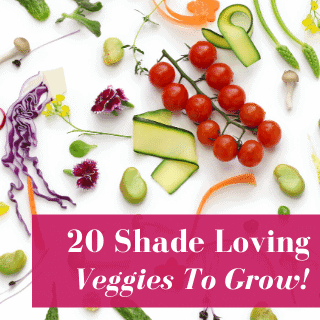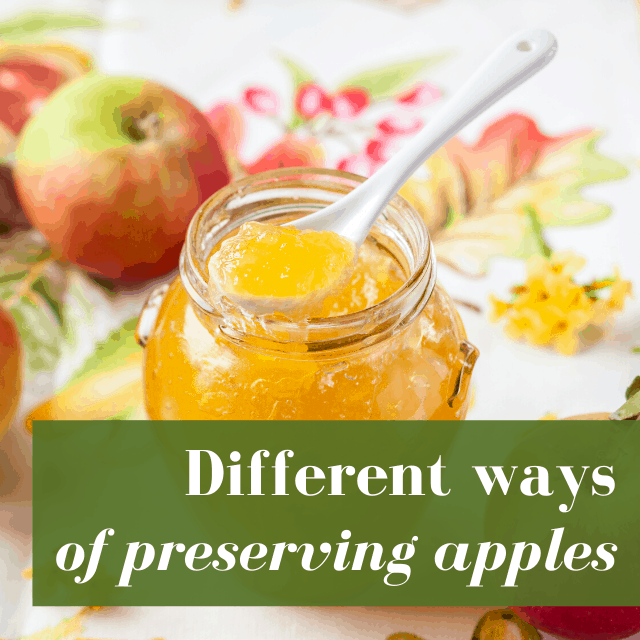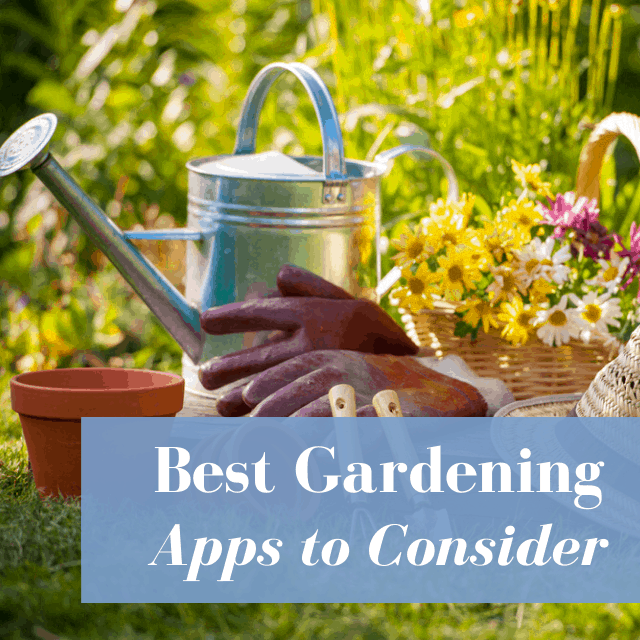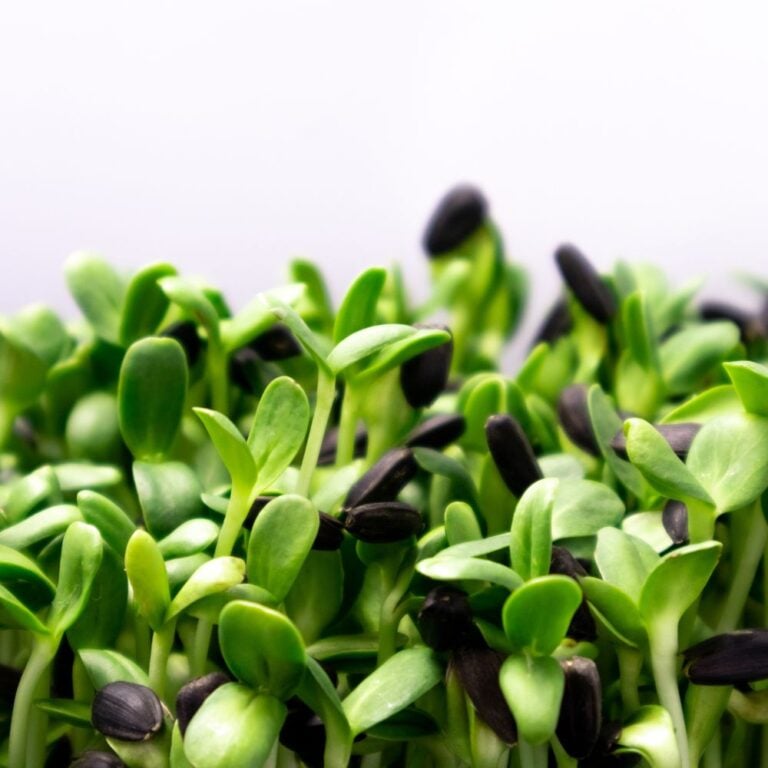Were you lucky enough to experience a bountiful carrot harvest this season? If so, you might feel overwhelmed with all the orange in your kitchen. Luckily, carrots don’t have to be eaten or preserved right away – they will keep for quite some time without you having to do anything at all.
But if you want to keep your harvest crunchy and tasty long into the winter months, there are several methods of preserving carrots that you need to know about.
Table of Contents (Quickly Jump To Information)
Leave Them Right in the Ground
The easiest and simplest method of preserving carrots is to…do nothing at all?
You read that right.
You can keep your carrots fresh simply by leaving them in the ground. If you live in a cooler climate, you won’t have to worry about keeping your carrots fresh. Simply cover your rows with a dense layer of mulch, like leaves or straw, before adding a layer of plastic (a tarp will work wonders for this).
After covering with the tarp, go ahead and cover with another layer of mulch. Your rows will stay nice and insulated so the soil doesn’t thaw between snowstorms and freezing temperatures. Keep in mind that, if you live in a warmer climate, you won’t have to add quite as many layers of insulation. This method works especially well for raised beds but can be done for ground-planted carrots, too.
One caveat to this method of preserving carrots is that if you get quite a bit of snow, it might be a bit inefficient to store your carrots in this manner. If shoveling two to three feet of snow out of the way just to grab a few carrots for your risotto doesn’t sound like your idea of fun, you might want to pass on this method.
Store Them Indoors
If you have a root cellar (or in some cases, even just a basement) you don’t need to do much to preserve your carrots, either. All you need to do is pack the carrots into boxes after trimming the greens. Make sure you don’t wash them first- the dirt will help preserve them.
Your carrots will need to stay at temperatures just above freezing – think 35 degrees – with lots of humidity to keep them moist. When stored in this way, they can last up to six months! This method also follows a similar pattern if you want to store carrots in your refrigerator. They won’t last quite as long (usually only about two months) but it can still add some shelf life to your tubers.
Can Your Carrots
Canning carrots is one of the most popular methods of preservation. Not only will it avoid the need to take up valuable freezer space, but it will also make it easier for you to keep them for several months or even years, in some cases!
Note that you must pressure can carrots – water bath canning does not work for carrots since they are low-acid vegetables. Pressure canning is easy to do using the raw pack method.
To do this, start by washing, peeling, and trimming your carrots, washing once more after the peeling and trimming process. You can slice them or leave them whole depending on the size of the carrots and of your jars.
Pick your carrots into hot jars, allowing for about one inch of headspace when you add boiling water. You can add salt for taste if you’d like, but it’s not necessary. You will process pints for 25 minutes at 10 pounds pressure, and quarts for 30 minutes at the same pressure. You may need to adjust for altitude if you live at a higher elevation.
Pickle Your Carrots
You can also pickle your carrots if you don’t want to pressure can them! Adding vinegar will make it possible for you to safely preserve your carrots in a water bath canner instead of a pressure canner.
For about four pint jars of pickled carrots, you will need 3 ½ lbs of peeled, washed, and trimmed carrots. Your pickling solution will consist of five and a half cups of white distilled vinegar, a cup of water, two cups of sugar, and the following spices:
- 2 tsp pickling salt
- 8 tsp mustard seed
- 4 tsp celery seed
- Other spices, to taste
You will combine your brine in a stockpot, bringing it to a boil before adding your carrots. You will then boil them for about ten minutes, or until they are partially cooked. Once the brine is ready, you will pack your carrots into hot jars, leaving about an inch of headspace. You will process your jars for about fifteen minutes in a water bath canner, adjusting for altitude as needed.
Freezing Carrots
Freezing carrots is another easy way to take care of them for the winter. All you need to do is peel, trim, and wash your carrots. Slice them to your desired size before blanching for three minutes. Once cool, the carrots can be placed into plastic bags or other freezer-safe containers.
After being frozen, carrots will taste great – no different than if you had canned them. They might be a bit softer than if you were eating them raw, but they still are fantastic in soups, stir-fries, casseroles, and other dishes.
Freeze Your Carrots in Meals
One of the easiest ways to preserve your carrots is to freeze them once they’re already inside a meal. Most casseroles or pasta sauces taste great with carrots added in – and if you take the time now to make these foods and freeze them, you’ll have much less work to do later on.
Dehydrate Carrots
Dehydrating is another simple method of preserving carrots. Dehydrated carrots are an acquired taste, but taste great in stews and everybody’s favorite carrot recipe – carrot cake!
To dehydrate your carrots, peel, wash, and slice them before blanching for three minutes. Then, you should dry them at 125 degrees for three to four hours – or until they are barely brittle. If you don’t have a dehydrator, keep in mind that you can easily use your oven instead!
Fermented Carrots
Fermented carrots not only taste good but are good for you, too. Although they don’t keep for quite as long as dehydrated, frozen, or canned carrots, they add a boost of beneficial probiotics to your diet – plus, they make for a great side dish. Here’s a recipe for fermented carrots for you to try!
Don’t Forget About the Greens
While you’re hard at work preserving all of your carrots, don’t forget about the tops! There are plenty of ways you can preserve carrot tops, too – which is a great way to use up the entire plant and to allow very little of your harvest to go to waste.
Carrot tops taste great when eaten raw in salads – like the root part of the carrot, they can also be frozen or dehydrated, too.
Why You Need to Start Preserving Carrots
Carrots are one of the healthiest vegetables you can eat – and despite what your mother may have told you, they’re not just good for your eyes! While it’s true that carrots contain tons of vitamin A, which is good for your ocular health, carrots also have a ton of other vitamins as well as lots of fiber and other minerals that can help regulate your blood sugar.
If you’re not a carrot-lover yet, chances are you will be once you try out one of these many methods of preserving your carrots at home!
Maat van Uitert is a backyard chicken and sustainable living expert. She is also the author of Chickens: Naturally Raising A Sustainable Flock, which was a best seller in it’s Amazon category. Maat has been featured on NBC, CBS, AOL Finance, Community Chickens, the Huffington Post, Chickens magazine, Backyard Poultry, and Countryside Magazine. She lives on her farm in Southeast Missouri with her husband, two children, and about a million chickens and ducks. You can follow Maat on Facebook here and Instagram here.






